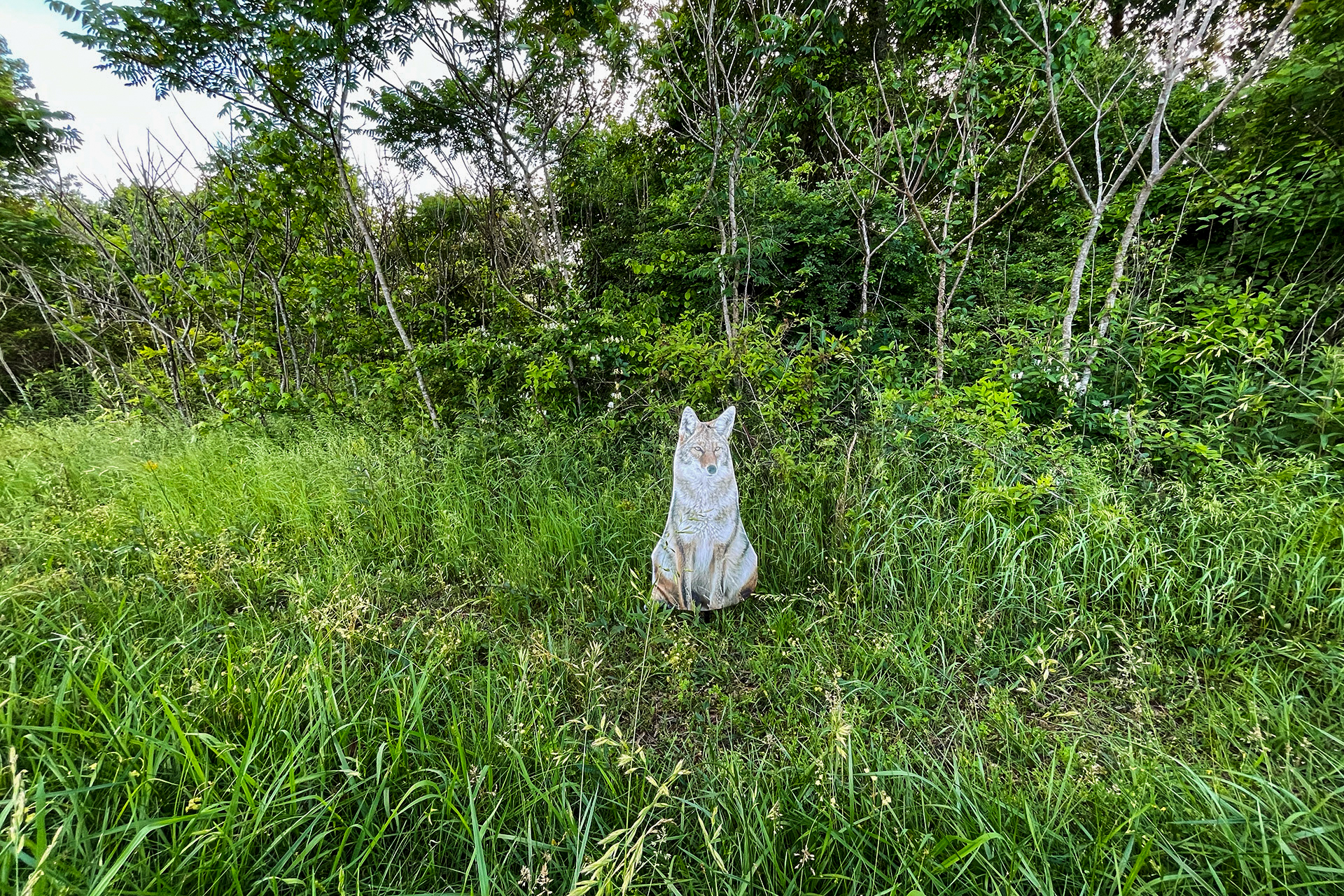Posted by CJ Davis on May 11, 2023
Save a Fawn, Shoot a Coyote
It doesn’t take long for coyotes to move into a new territory. Especially when they're looking for a mate or food sources, as in fawns, both of which occur in the spring. However, spring success does not mean the property is rid of predators. In fact, predator hunting is a year-round pursuit if you really want to make a difference. Being that coyotes are so naturally smart and wary, we need all the help we can get.
Hunting coyotes during the spring fawning season has its advantages. In areas with a high deer population, coyotes have a relatively easy food source if they're able to find new borns. The first couple months of a fawn's life are crucial for their long-term survival.
Fawning usually happens sometime from April through July. Peak fawn drop typically occurs in late May. If fawn recruitment numbers have been dropping over the past years, you might need to continue hunting predators into the summer.
The best strategy from late May through the summer involves taking a page out of the fly-fisherman’s handbook and matching the hatch. With so many fawns hitting the ground, a fawn decoy, like Fawnzy, paired with a fawn in distress or fawn bleat can be very productive.
Summer Coyote Hunting Tips
Some areas of the country see radical changes in heat from May to June. With temperatures reaching into the high 80s and 90s, hunt at dusk and dawn, when coyotes are most active. They are still wearing their winter coats and will not be on the move too much in the heat of the day.
Coyote families will stick together closer to their dens and nearby water sources. Locate these spots prior to heading to your favorite spot. Coyotes have their territories set this time of year and protect them at all cost. Therefore, don’t be surprised to see a male aggressively seek out your calls and decoys in late May.
This is where a coyote decoy can really help. If you're noticing this aggressive activity, try placing the Sitting Coyote in a spot where you know other coyotes will see it. Dominant males won't let another male move into their territory.

A coyote decoy during the spring mating season can cause territorial dogs to drop their guard and come rushing in.
Everything is growing and blooming. Fields and brush are growing at extremely fast rates. If the fields you are hunting aren’t routinely cut, set up in an elevated position, whether on top of a knoll or from a tree stand and make sure your decoy is clearly visible. This can prevent coyotes from sneaking up on your setup and it allows them to have a better chance of seeing your decoy.
Fawn Decoy and Calling Tips
Match the hatch with a fawn decoy. Coyotes are looking for an easy meal and most deer are giving or have recently given birth. If you hunt near fenced in fields, place Fawnzy up against the fence and use a fawn in distress call. This will give off the impression that your decoy is in trouble and trapped in the fence.. a free snack for any hungry coyote.
Otherwise, hunt like you would turkeys. Place the decoy out in front of you and hang back in the field edge. If you come across shy dogs, try using a selective lost fawn bleat calling sequence to coax him into range. A fawn decoy paired with a corresponding call will take coyote eyes off your position and help you bag more predators this summer.
